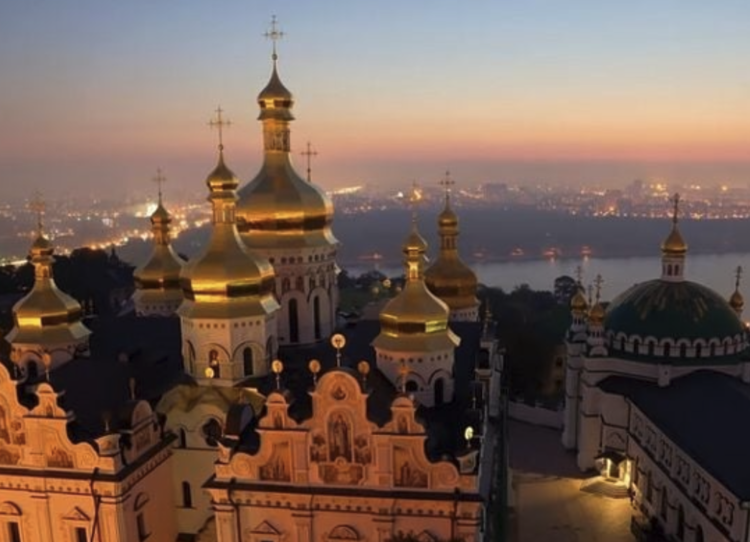There was no way that Christmas was going to be easy for Daniel Brooker and his two young children after his wife Lyndsie lost her 10-year battle with cancer.
At their church, friends cautiously asked if Brooker and one of his kids wanted to play a role in the Christmas service – making their story part of a season of new life.
"My church saw ME, as a person" that first Christmas, said Brooker, a 37-year-old marketing specialist for a team of financial advisors near Atlanta. It was crucial that this offer "gave us something to do, something that didn't ask us to hide what was happening. … They offered us this opportunity and let me think about it. They didn't force anything."
That positive experience became part of the process that led Brooker and an all-volunteer team of widowers, mentors, pastors and friends to create Refuge Widowers, a ministry for men who have lost their wives, especially young men with children.
This work grew out of the conviction, he said, that religious congregations have long demonstrated the ability to rally around widows – in part because women often play crucial roles in hospitality and care-giving ministries.
"Women are gifted at this. They know what to do," said Brooker, who has since married a widow, Brittany, with three children of her own. "As much as I love the church, I've learned things are often different for widowers. … Church people aren't trained to step in and fight through grief with a man."
Yes, the faithful brought food and gift cards after his wife's death. Some people volunteered with child-care as he tried to create new patterns for work and home life. Before long, however, many assumed that the best way to help was to funnel Brooker into the singles group. "Folks really didn't know what to do with me," he said.
Eventually, he met another young widower, and began building a support network. This evolved into RefugeeWidowers.com, which worked with 14 men in 2020, 16 in its second year and 18 this year.





